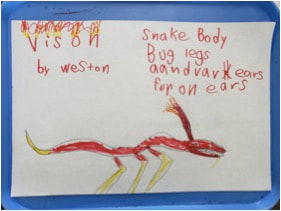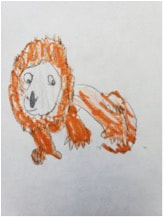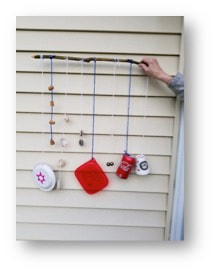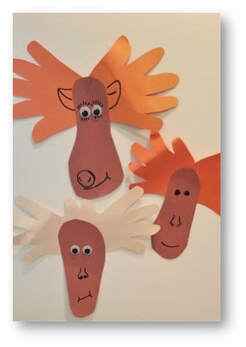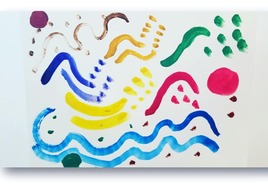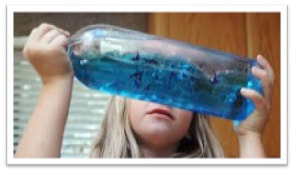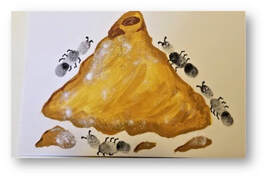environmental education resources
what animal am i?
Critter Clues:
Critter Clues:
Critter Clues:
Critter Clues:
- I am called a “water wolf”.
- I do not have much of a sense of smell, but I can see my food/prey up to 50 feet away. I am called a “sight hunter”.
- My olive complexion coupled with a dash pattern of lighter spots on their flanks make them hard to spot. I am well camouflaged when I hang motionless.
- In Canada people call me a “Jack”. My binomial name is esox luscious.
- I like to eat water insects, frogs, leeches, snakes, fish and small mammals. I will also eat ducklings and goslings.
- The largest one of my species in the world was caught in Germany in 1983 and it weighed 67 pounds!
Critter Clues:
- I move quickly as an adult but not so in my youth. I usually hunt near water.
- I am used as a nose ornament in the far east and my babies or larvae are relished as delicacies in China.
- I eat insects like worms, tadpoles, mosquito larvae, snails and small fish as a baby or nymph with a special tool called a “mask” that extends in 25 milliseconds under my powerful jaw to catch my food.
- As a baby I propel myself around by pushing water out of my rectal chambers. It is a high speed mechanism so I will not get eaten by predators. I can shoot my “poop” up to 25 feet.
- When I change into an adult I like to eat flying insects. I have excellent vision with thousands of lenses in each eye that take up most of my head. I can detect the slightest movement with 65 to 75 feet to find my food.
- With my 4 wings I look like a helicopter flying in the air. I can hover, fly backwards and do a loop de loop.
- I am a loyal mate and stay with my female when she lays eggs into plant tissue, or in the water, When I date or court my female, we do a fluttering dance and mate tandem in the air.
- I love mosquitos and I am often called a “mosquito hawk”!
Critter Clues:
- I am the largest member of the squirrel family in the state of Minnesota.
- Some people think I eat wood, but actually I eat green vegetation like clover, peas, lettuce and dandelions.
- Homeowner’s sometimes become upset with the tunnels that I dig in their yards and plants I eat.
- If I feel threatened or scared I will let out a high-pitched whistle.
- I am one of the few mammals that will undergo a true hibernation.
- Every year I do enjoy my 15 minutes of fame on February 2nd. This celebration is when people turn to me to predict the weather!
Critter Clues:
- I am the only marsupial found north of Mexico.
- I won’t see much of the world until I am at least two months old.
- I can really get on my mom’s back!
- I have 50 teeth, a white face and a pointy rat like nose.
- I can play dead very well when threatened.
- I am an omnivorous animal and can also give off a repulsive, musk like odor.
- My size is comparable to that of a house cat.
- I am the only pouched mammal in the U.S. and Canada
- I am not a rodent or a possum. A possum is my distant cousin that lives in Australia.
Nature Art Projects
|
Create a Critter
Use a variety of art and craft materials to create, draw, craft or paint an animal of their choosing. It could be real or imagined. As they work, engage children in conversation about the animal. Where does it live? What does it eat? How does it get things it needs to survive? Is the critter wild or tame? Have your child share his or her finished creation with you and your family. Post your critter! My Favorite Animal Provide paper, paints, crayons, colored pencils, markers and or other art materials you may have and allow children to draw their favorite animal. As they create, allow them to explain their feelings and ideas about the animal. Why is it special to them? Does the animal make them feel happy? Does the animal scare them? Where does the animal live? Found Objects Mobile or Wind Chime Encourage your child to collect twigs or small branches outside. Look for recyclable containers, pop cans, plastic water bottles or interesting items you have at home or even objects that may be considered trash by some, but can be reinvented as art materials. When possible or appropriate, help children make holes in the containers and or objects they have chosen and tie or glue yarn to the object to create a hanging decoration or wind chime from the branch. Consider adding bells, washers, shells (tap holes into thin shells) or using old silverware or other noisy objects for a wind chime. Post your mobile! Footprint Deer Trace the bottom of each child’s foot or shoe onto brown construction paper or white paper colored brown for the deer’s face and trace both hands on white or lighter colored paper for the deer’s antlers. Cut out all the pieces and glue the hands to the heel of the foot making the face of the deer. Have the child add eyes and a nose to complete. Add googly eyes if you have them. Post your deerprints! Musical Painting Provide paint brushes, paper and watercolor or acrylic paint. Play different musical pieces - country, nature sounds-rain, thunder, bird songs, Native American music, drumming, classical, rap, children’s songs etc. Encourage children to paint at the speed of the music and with the colors they choose to express the feeling of the music you play. You may also opt to have children paint animal sounds, such as the song of a bird, howling of a wolf or the chatter of a squirrel. What colors patterns and feelings are expressed in the painting? Parents and adults can enjoy this art activity too! You will need a large piece of paper or multiple sheets to paint on. Wave Bottle The waves in your wave bottle won’t knock you off your feet like real waves can, but you can get an idea of how waves crest and break with this simple set up. You can use a clear screw cap soda bottle or jar. 1. Fill 1/2 of the jar or bottle with water. 2. Add food coloring to the water for your ocean color. 3. Gently pour about 1-2 inches of oil on top of the water until about 3/4 full. 4. Float your plastic toy on top of the oil. 5. Seal the lid on the bottle or jar-duck tape to seal it so it will not spill out. 6. Shake, sway or jiggle the jar to set your ocean into motion! Thumb Print Ant Parade Stamp an ant parade on paper. To make the ants, use washable ink pads, markers or paint. Children should ink/color or paint their fingers. For best results, use three different finger sizes. Use the thumb for the abdomen, index finger for the thorax and the pinky finger for the head. Print the heads with your pinky first then the thumb for the abdomen and your index finger for the thorax. When all the body parts are printed, add eyes, 6 legs and antennae. Draw or paint an ant hill, paint it with glue and sprinkle it with sand. Are their ants going home or out to find food? All the ants have your own special fingerprint!! |
TRail Activity guide
Below you can download our free trail activities guide Vol. 1 and 2!
| activity_packet_vol._1.pdf |
| activity_packet_vol._2.pdf |
external resources
10 Common Bird Songs Made Less Confusing: Audubon link: Click here!
All About Birds: Resources to help kids learn more about birds: The Cornell Lab link: Click here!
6 Animal Webcams to Watch: Sierra link: Click here!
Bee Friendly Garden Clean Up: UMN Extension link: Click here!
Backyard Compost: MPCA link: Click here!
All About Birds: Resources to help kids learn more about birds: The Cornell Lab link: Click here!
6 Animal Webcams to Watch: Sierra link: Click here!
Bee Friendly Garden Clean Up: UMN Extension link: Click here!
Backyard Compost: MPCA link: Click here!
